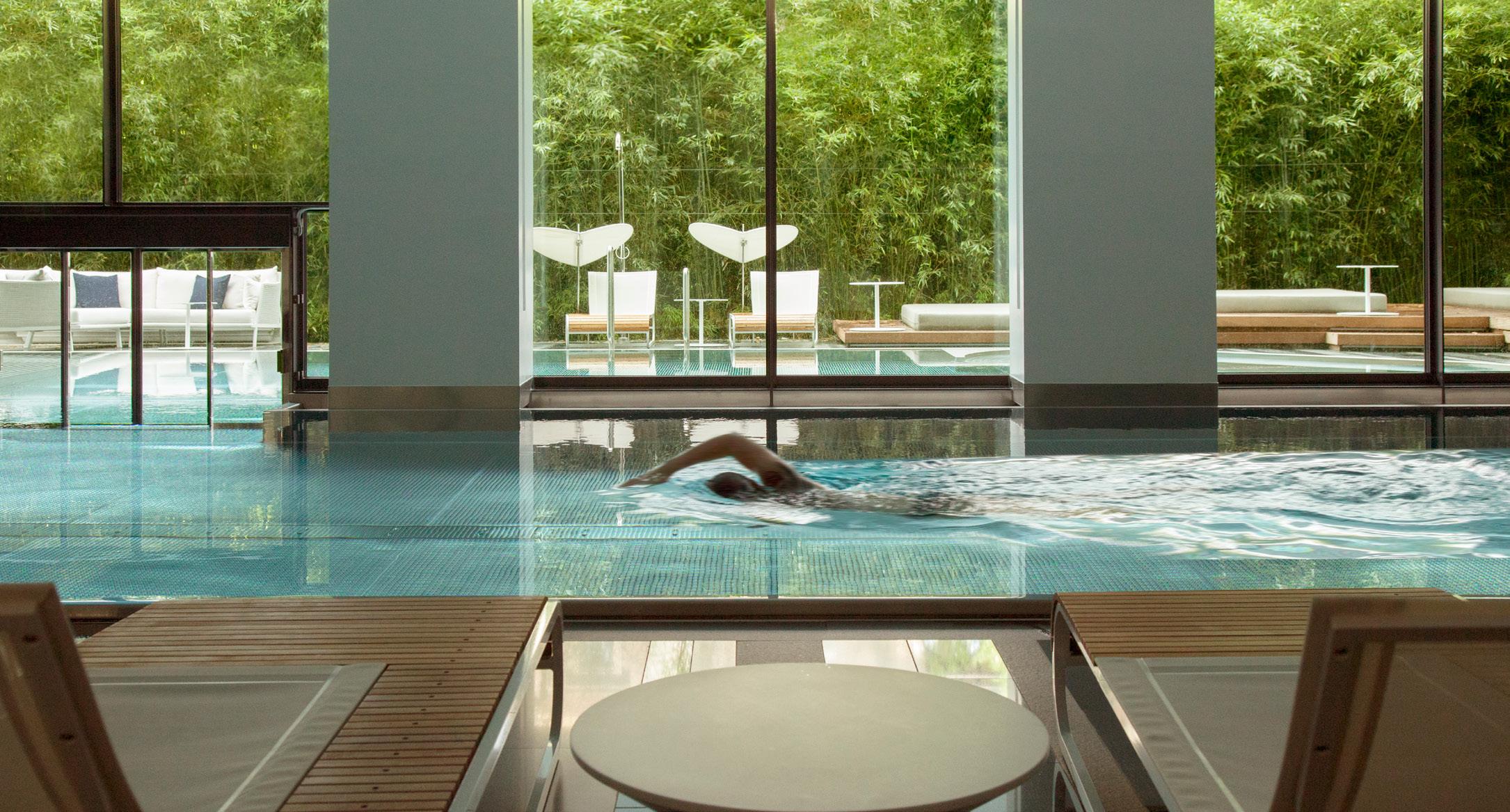
2 minute read
The importance of building for longevity to promote sustainable design
While a modern approach and new technologies can improve the design of spas, much can be learned from looking at examples built a long time ago
An instinctive leader in luxury interior design, Maria Vafiadis has proven her versatility across multiple high-end projects over the last 20 years.
“As a designer of hotels and spas, I believe that the most important contribution I can make to sustainability is to plan and design projects for longevity,” she says.
“Innovation and new technologies definitely have a part to play but, when it comes to spas, I think it is instructive to look back at ancient design principles. After all, many Roman baths and Middle Eastern spas survive today, centuries after they were built. I wonder if this will be so for those being constructed now.”

Maria Vafiadis founder and managing director, MKV Design
Working with the land
Vafiadis says that architects of ancient spas seemed to know how to work with the local climate and natural terrain. “Buildings were orientated to capture, or avoid, natural light, which naturally reduces energy consumption
and provides both the introverted and extroverted spaces that a spa requires,” she points out. “Also, courtyards were a frequent feature, creating a healthy degree of ventilation while protecting visitors from high winds.
“Today we tend to talk as if it’s our generation who have discovered the ecological and societal virtues of sourcing and producing locally, but construction materials long ago were almost always local – therefore more likely to be suited to the location – and decorative features were made by indigenous craftsmen, thereby putting something back into the local community.” www.mkvdesign.com
“As a designer of hotels and spas, I believe that the most important contribution I can make to sustainability is to plan and design projects for longevity.”
Maria Vafiadis, MKV Design










